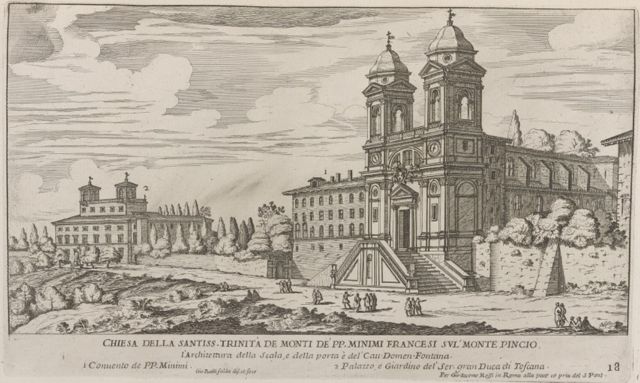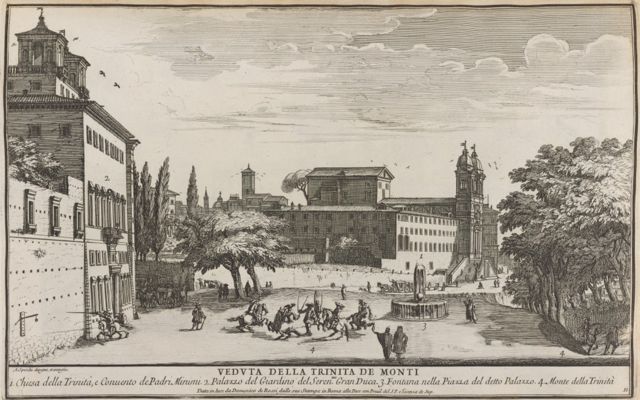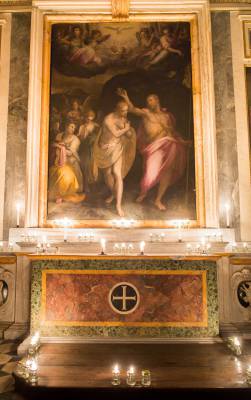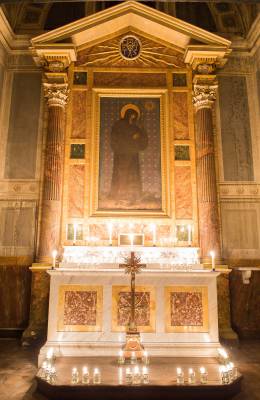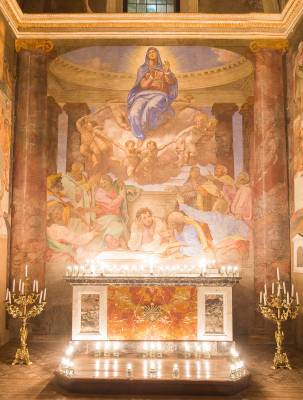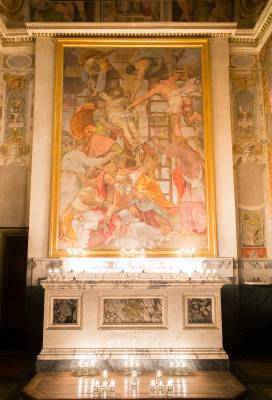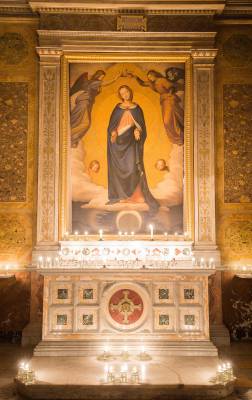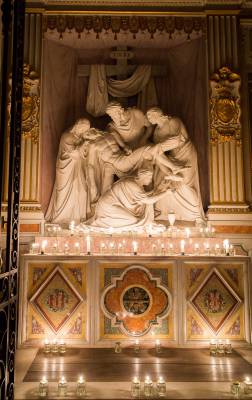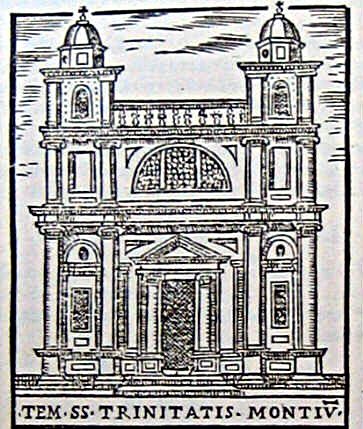
Overlooking the Spanish square and recognizable by its two bell towers – unusual in the Roman landscape, the church of the Trinity of the Mounts was consecrated in 1594. Like the convent associated, it owes its origin to the spiritual help that Saint Francis of Paola (Francesco da Paola) brought to the King of France Louis XI, after the latter had called him to join him at Plessis-Lès-Tours (France). In 1494, his son Charles VIII, grateful for the support granted, inaugurated the construction site of a complex on Mount Pincio, which was to house the French religious of the Order of Minims, founded by Francesco da Paola.

